What’s wrong with Pakistan's leather sector?
Industry got a number of incentives in past 11 years but exports fell

A Reuters representational image.
Exports of leather and leather products stood around $1.22 billion in FY08 but they kept falling over the next five years before rising once again to $1.27 billion in FY14. That became possible after Pakistan was accorded the GSP Plus status by the European Union in 2013.
However, in the following five years, exports of leather and leather products declined gradually and slipped below $850 million in FY19. Data compiled by Pakistan Bureau of Statistics shows the declining trend had been visible throughout these five years both in export earnings of leather and of leather products.
Now, Pakistan’s leather-sector exports are trailing even those of Bangladesh, which fetched $1.1 billion in exports in FY19.
Exports of the leather sector include tanned leather, leather apparel and clothing, leather footwear and leather shoe upper, and all other leather products including leather bags, wallets, etc.
Exports of football and leather gloves used in sports are not included in the category of leather products. They are categorised as exports of sports goods. Similarly, exports of furniture partially made up of leather are also treated separately as exports of furniture.
There are many reasons for the declining exports but some of the most important are:
- The system of collection of animal hides and skins from markets is obsolete and lots of hides and skins go to waste. That is why despite an estimated annual production of 18.6 million hides and skins in FY19, the country managed to export just 26.2 million square metres of tanned leather.
Industry sources say had part of the total animal casings collected throughout the year not gone to waste and supplied to tanneries in the best possible shape and condition, the export volume of tanned leather could have been higher.
- Due to the lack of investment in the leather processing industry, most of the 800-plus tanneries produce low-to-average quality leather and as such the country cannot manufacture and export highly value-added leather products in large quantities. This keeps the average per-unit price of both tanned leather and leather products low.
In FY19, the average export price of tanned leather slipped to $11.8 per square metre from $12.6 per square metre a year earlier, according to the statistics compiled by Pakistan Tanners Association. The average export unit price of leather apparel and clothing fell 21.2% to $256.3 from $294.4.
- Pakistan does not have enough number of internationally recognised brands of leather products. According to a State Bank of Pakistan report, ATS Synthetic (Pvt) Ltd, Al Muqeet Enterprises, Amin Feroz Group, Jafferjees Leather Goods, Leather Expressions and AZ Group are some of the key players in the leather sector.
The list of top exporters of leather and leather products with sustained export earnings during the past decade is also very short comprising not over a dozen industrial units, a report compiled by Pakistan Trade Development Authority reveals.
- Manufacturers of leather products do enjoy some incentives in the form of duty drawback and export rebate but their claims of duty drawback remain stuck with the government. This makes it difficult for them to invest in the latest technologies required for modernising leather manufacturing processes.
The Pakistan Tehreek-e-Insaf (PTI) government claims it has started clearing the backlog of such claims but Pakistan Tanners Association officials argue the pace is still very slow.
- Vocational training institutes do not produce a sufficient number of highly skilled workers for the leather industry and the manufacturing units remain dependent on the unskilled and semi-skilled workforce. Similarly, leather fashion and designing institutes are few and they are not producing designers of the most fashionable leather garments and other products in sufficient numbers.
The problem with Pakistani policymakers is that they never follow up on the results of the policies that are introduced with much fanfare and never implement them in letter and spirit.
Similarly, they never bother to look at whether expensive “incentive packages” announced for specific sectors and implemented with taxpayers’ money are yielding the results that they were supposed to produce. The leather sector is no exception.
So, this time around instead of offering a blanket incentive package to the leather sector, the government must firm up its resolve to monitor the performance of the sector closely and disallow the given incentives if they do not produce results.
Another problem is that the industry lobby groups get incentives from every government but they never bother to tell how the demands that were approved in the past improved the performance of the industry and its exports. As fiscal management is becoming trickier, no government in Pakistan can afford to continue to incentivize any specific industry if it fails to deliver. There has to be a cost and benefit analysis of every incentive package.
The country’s leather industry got several incentives over the past 11 years – all financed by the taxpayers’ hard-earned money. But Pakistan Tanners Association is yet to tell the nation why the industry’s exports remained stagnant during all these years.
The writer is a mechanical engineer and is doing masters
Published in The Express Tribune, December 23rd, 2019.
Like Business on Facebook, follow @TribuneBiz on Twitter to stay informed and join in the conversation.


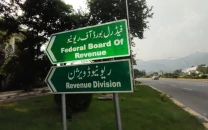
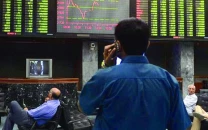



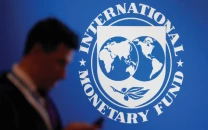

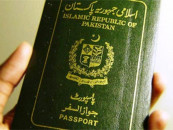
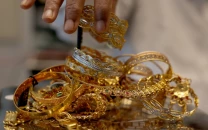
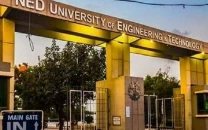






COMMENTS
Comments are moderated and generally will be posted if they are on-topic and not abusive.
For more information, please see our Comments FAQ